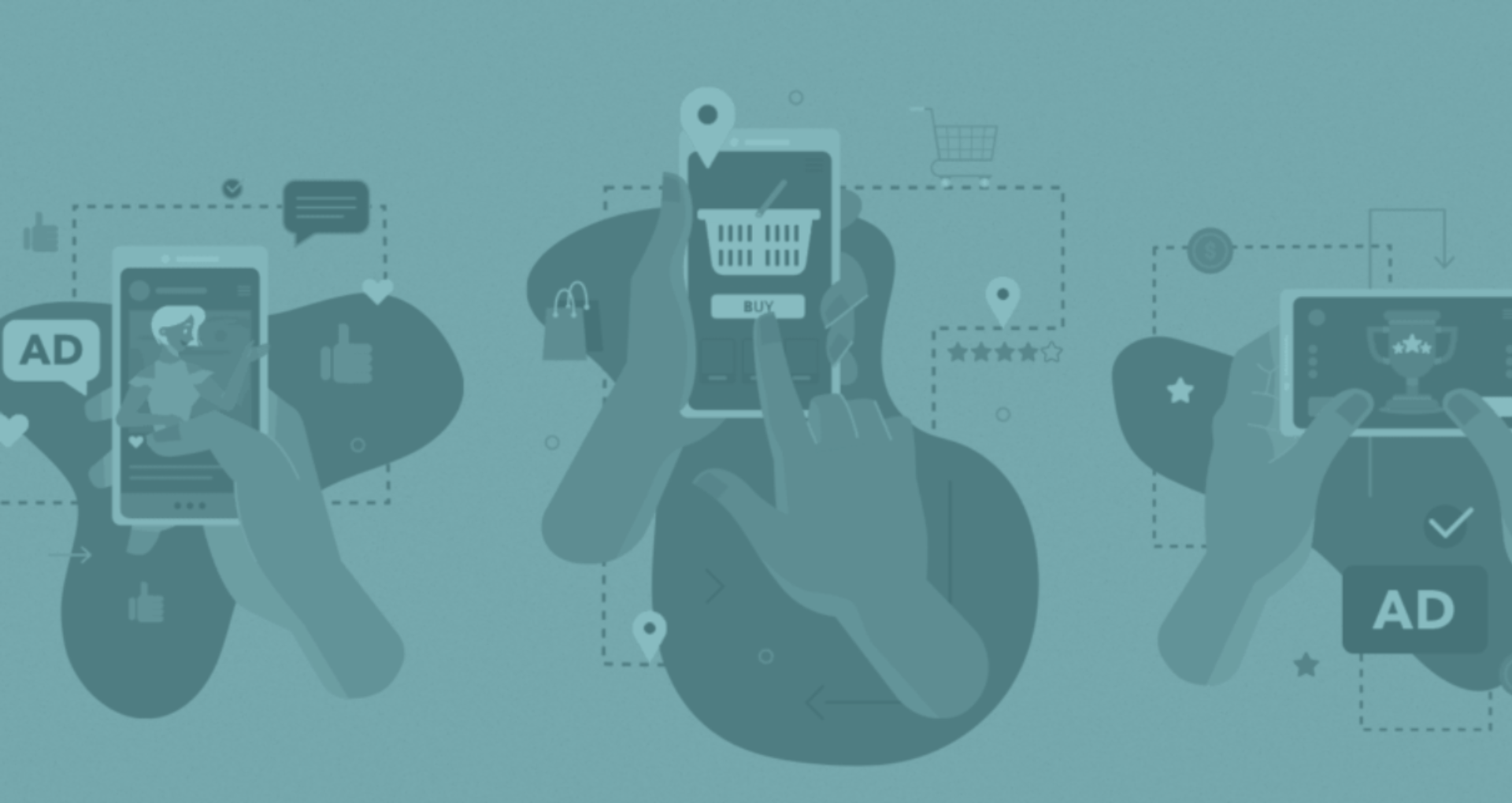Best In-App Advertising Tools and Platforms in 2022
What is in-app advertising?
In-app advertising is a revenue stream for mobile app publishers and app developers where they offer a mobile advertising space by serving adverts (ads) within their app display as an offering to brands looking at promoting and advertising their products and services. It helps app publishers save their money on content while enabling app downloads and ensuring scalable revenue growth.
143.6 billion apps and games were downloaded in 2021, out of which 55 billion were games and 88 billion were apps. As users spend more time with apps every day, these numbers are only expected to grow further, and mobile marketers should make the best out of them.
One cannot ignore the engagement and conversions that brands can leverage using the power of in-app advertising. Many in-app mobile advertising platforms offer mobile marketers to ease the processes and give them more clarity on conversions and engagements while doing in-app advertising, which we’ll dive into later.
What are the benefits of in-app advertising?
Better quality of ads: In-app advertising helps marketers deliver a better user experience than other modes of display advertising on the mobile web. Ads that are displayed on the mobile web are usually compressed in quality and visually not-so-appealing to the viewer.
Demographics: Location plays a crucial role in delivering the most relevant ads to users interested in similar offerings as your brand with the best in-app advertising tools at the right time and the right place. Specific Demand Side Platforms (DSPs) specialize in determining the user’s exact location and offer those ads which provide a real-time value for users.
Accessibility: Most (if not all) users carry their smartphones wherever they go. It means mobile marketers have access to a captive audience because of the similar apps on their mobile phones. Therefore, it becomes highly significant to do in-app advertising since users are already interested in similar apps on their mobile devices with the help of the best in-app advertising tools.
Learn more about how to do in-app advertising.
Best practices for in-app advertising
- Be familiar with where ads are appearing and engaging users. The programmatic supply chain can help you realize the role of each party.
- Check the app’s quality before looking out for the best in-app advertising tools out there to reach out to users. Mobile marketers need to be mindful of where the ads appear and on what devices.
- Programmatic media buying has also changed the industry by enabling advertisers and publishers to complete real-time bidding. In addition, it automates the buying process based on predefined rules to increase the efficiency of in-app advertising in several ways.
- There are many ad formats to select when doing in-app advertising, like interstitial ads, banner ads, video ads, rewarded video ads, and native ads. These ad formats create high-impact engagements, and mobile marketers can expect high-quality conversions.
- For freemium apps, they can be used as a monetization model to enable users to download the app for free, ensuring that an app can compete against other apps that are installed without any costs.
Best in-app advertising tools
There are various programmatic deals for buying advertising inventory to create a direct channel between advertisers and publishers. It enables transparency, so advertisers get a clearer perspective on who views the ad and how users engage with it. Let’s take a look at the best in-app advertising tools.
Preferred deals: A preferred deal is a 1:1 agreement between the publisher and advertiser to get premium access to the media inventory before it is auctioned in the open marketplace. The premium access is provided in exchange for a fixed CPM. These deals use real-time bidding (RTB) infrastructure and programmatic platforms.
Open deals: This is when advertisers purchase inventories from multiple publishers, which is established with their targeting goals and the ability to customize their inventory with specific advertising placements and apps. It begins at the base RTB ecosystem, where anyone can participate in the bidding, and the most increased bid wins. Open deals also occur at the open auction level, where publishers can either set the base price for bidding or have no fixed prices.
Private marketplace(PMP): It offers a real-time bidding environment where selected advertisers are invited to bid on specific advertising placements. The demand for more transparency, the better quality of ads displayed, and brand-safe aspects keep growing for mobile marketers, which has given more attention to private marketplaces (PMPs) to keep solving problems for mobile apps.
Programmatic deals are the best in-app advertising tools to offer advertisers exceptional control and transparency for making big wins for their in-app advertising campaigns. In addition, they are also an effective tool for optimizing inventory, campaigns, and costs.
Types of in-app ad formats
There are many ways mobile marketers can leverage the in-app advertising tools with the right ad placements and types. Here are a few ad types that should help mobile marketers to determine which ad format fits the best for their growing demands.
Interstitial ads: These ads appear to cover the entire screen of a mobile phone when a user completes a specific action within the app. For example, when you finish one level of a particular game, an ad appears on full-screen promoting another app.
Rewarded video ads: They are an integral part of apps specifically for gaming products and services, which enables users to earn virtual possessions or points that progress the game in exchange for watching a video ad. For example, users can receive a discount or in-app currency for watching a video ad.
Native ads: This is advertising content that matches the look and feel of the mobile app in which it is advertised
Learn more about why in-app advertising should be an important part of your marketing mix.





